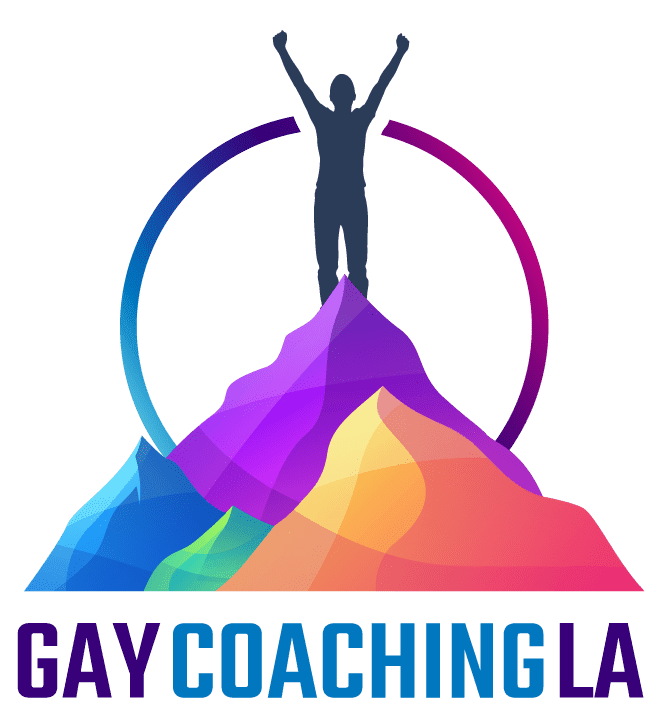One of the sound bytes I remember from my days in elementary school was the phrase, “Everyone line up: boy, girl, boy, girl!” For teachers and school administrators, this was an easy of way of doing crowd control for groups of rambunctious kids. But I remember this was also rife with very predictable, homophobic and sexist jokes, where someone inevitably would say, “Hey, [fill-in-the-blank], which are you?” This usually was a challenge to a more feminine boy or, less often, to a more masculine girl. This kind of teasing, at its heart, was about gender, and how that gender is expressed, perceived, and interpreted. The jokes revealed that cultural phenomena like sexism (“male is better than female”) and heterosexism (“heterosexual is better than homosexual”) were learned well and enforced cruelly at a very young age. For those who don’t conform to extremely narrow definitions about gender role identity and expression, the issues of gender in society can become very complex as one progresses through life, and be the cause of much misery.
Imagine, then, how issues of gender identity (what sex you perceive yourself to be)
can complicate living with HIV. Sadly, HIV seroprevalence is a disproportionately high 22% among transgendered persons in Los Angeles County, according to Cathy Reback, Ph.D., and the LA Transgender Health Study Community Report (May, 2001). This report defined ”transgendered” as “a person who is born with the genetic traits of one gender but has the internalized identity of another” – basically, a “woman trapped in a man’s body” or vice-versa. This high rate of seroprevalence makes me wonder if issues around gender identity and HIV are being too often ignored, and need more discussion.
More than any other HIV topic, transgender issues seem to be among the least understood by the general population or even the provider community. It is thought that transgendered persons are at increased risk for contracting HIV because of shared needles in injection drug use, either through street drugs or the use of hormones or substances injected into the body to enhance gender presentation (such as silicone), often obtained from non-medical sources. Other factors that increase health risks for this community include a high prevalence of commercial sex work, lack of health insurance, and lack of acceptance by medical providers that leads to poor medical treatment access.
Many people still don’t realize that gender identity (what sex you perceive yourself to be) and sexual orientation (gay, bisexual, heterosexual, or questioning) are entirely different things that occur naturally in an individual. According to Alex Chase (writing in HIV Counselor Perspectives, Vol. 12, No. 1, February, 2003), “’Transgender’ is an umbrella term that encompasses a range of different people, including transsexuals, transvestites or cross-dressers, and intersexed (people with chromosomes, genitalia, or reproductive systems not typical for either male or female) people.” I remember a few years ago hearing a woman say in a co-ed HIV support group, referring to someone who had been missing from the group for a while, “You know, I thought J– was a man, but it turned out that he was a gay.” I found it fascinating that for her, sexual orientation and gender identity were entirely confused, even though they are independent facets of a person’s identity.
What are your own feelings about gender? How do you feel about people who are transgendered? How would you feel if you were the “opposite” gender?
What about you is “masculine” or “feminine”? How does societal acceptance (or lack of it) affect your feelings on these issues? By examining our own feelings about these societal issues, we examine our own prejudices that can contribute to the hurt and discrimination transgendered people experience far too often. Just as with women of color of many ages, and young men of color in particular, HIV is over-represented in certain ethnic and demographic communities that are already discriminated against, making coping with HIV that much more difficult. If we can challenge ourselves to become aware of our own feelings about these issues, and resist contributing to society’s poor treatment of certain communities, we might begin to support one another in coping with HIV on a national and global basis that transcends individual differences.
When dealing with HIV, part of coping is understanding our identity and feeling understood and supported by others. We all have to learn so much new knowledge in dealing with HIV, from medical terms to the cultural and societal context of a disease. When we learn about the diversity of gender identity, we expand our knowledge to help ourselves cope, and understand others to support their coping, too. Wouldn’t it be nice if the English language could coin a single term to describe everyone, regardless of gender, sexual orientation, race, religion, nationality, and ethnicity? Oh yeah, they did…“People.”

